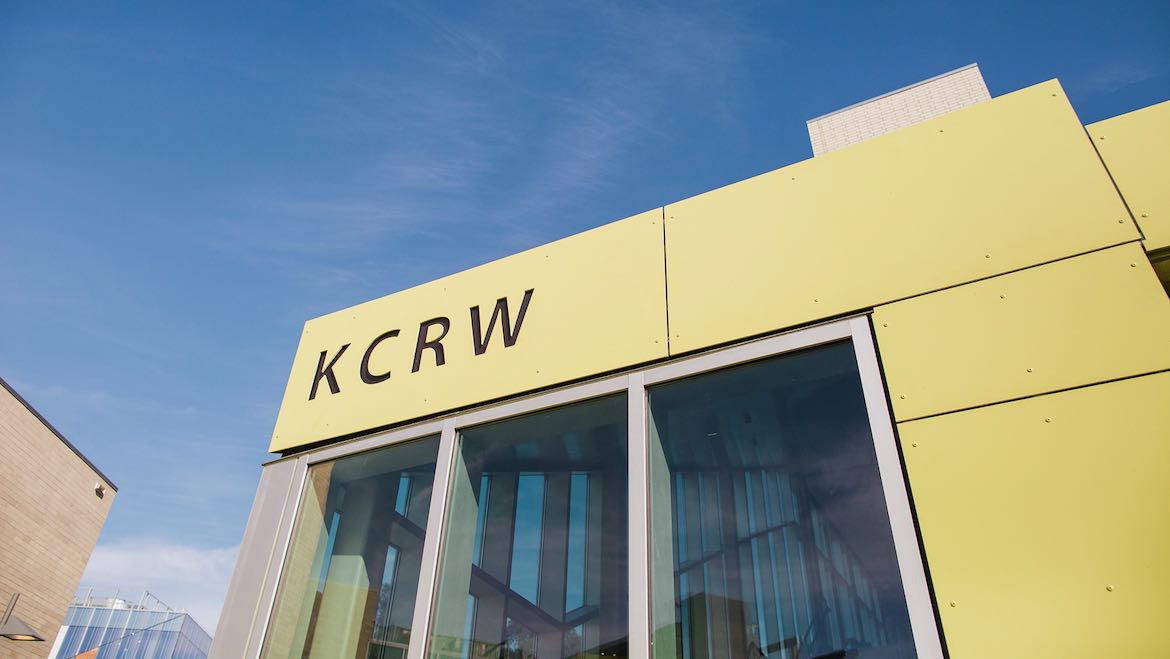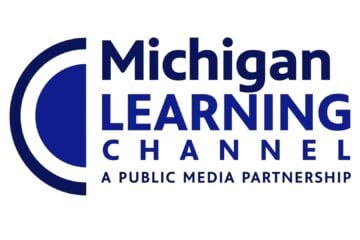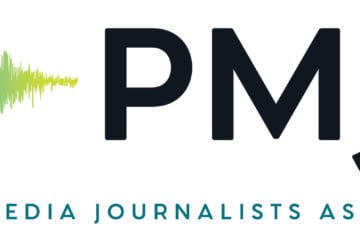Tri-state music collaboration presses ahead despite CPB rescission
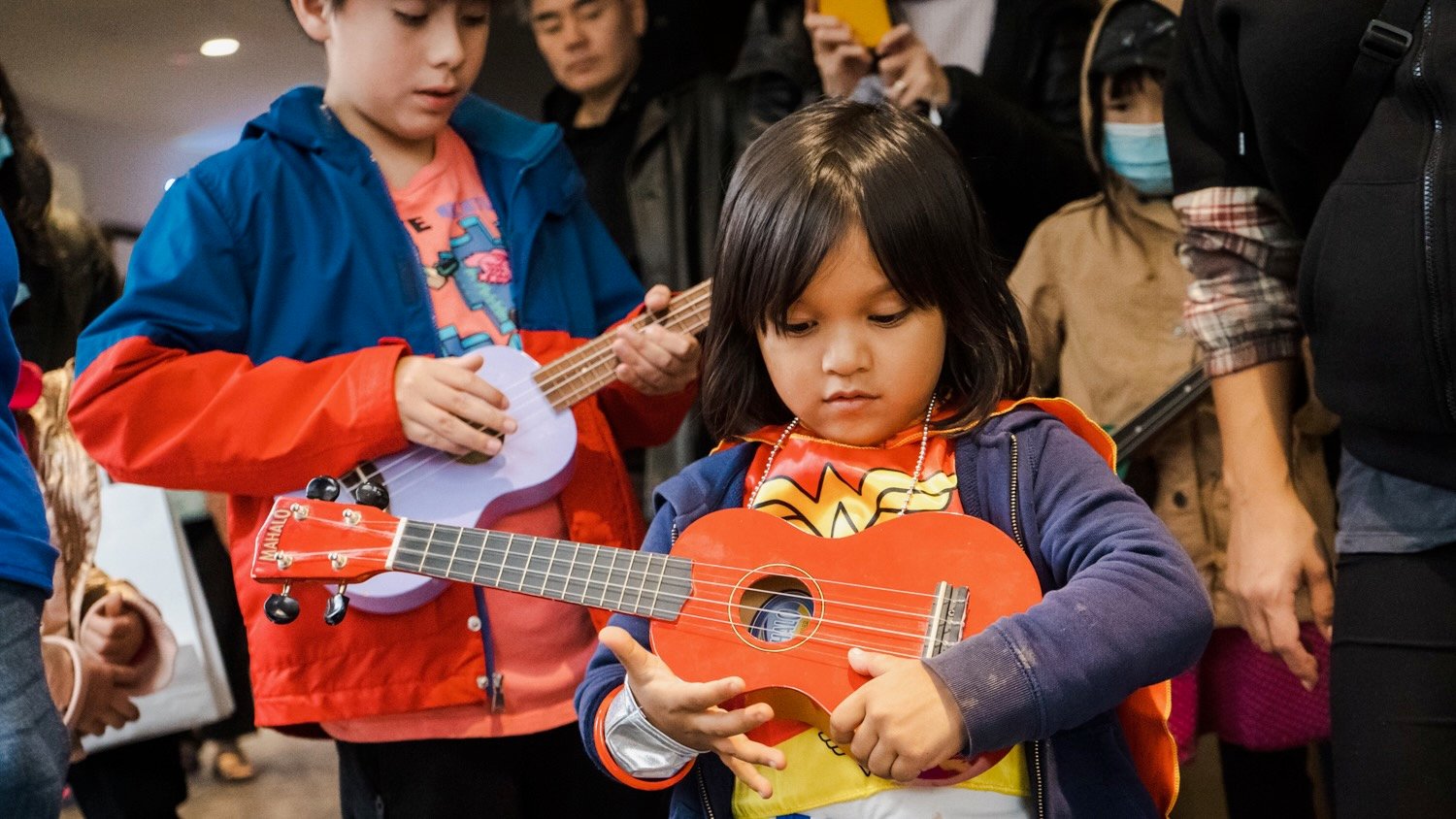
Alfred Kan
Children play ukuleles at WQXR's Classical Kids Fair in 2022 in Queens, N.Y. The station is one of four in the Tri-State Public Radio Music Collaborative.
Four New York City–area public music stations are continuing their collaboration despite the rescission of CPB funding, which eliminated a potential source of support.
The Tri-State Public Radio Music Collaborative includes WBGO in Newark, N.J.; New York Public Radio’s WQXR; Fordham University’s WFUV in the Bronx; and Sacred Heart University’s WSHU in Westport, Conn.
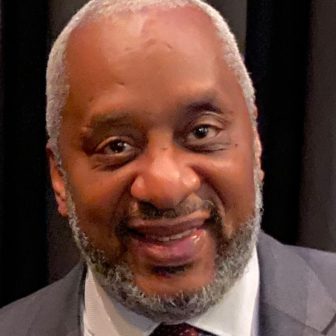
The partnership launched with help from a $100,000 CPB grant for facilitation, analysis and research under the corporation’s Collaborative Operations and Services Grant program. Steven A. Williams, CEO of WBGO, told Current earlier this year that the stations would likely apply for a larger implementation grant, but in July Congress voted to rescind CPB’s forward-funded $535 million annual appropriations for fiscal years 2026 and 2027.
“It can stand alone without the funding from CPB, without the second phase of it,” Williams told Current in September. “We would have never had the impetus to come together without that initial funding, let’s be clear about that.”
The rescission vote didn’t upend the collaboration, but it has caused the stations to focus on their individual situations, according to Williams.
“We didn’t press pause on it, but we slowed a little bit on the momentum for the planning, because basically you step back and regroup when something like this happens,” Williams said.

The stations’ leaders told Current they see opportunities in coming together for events and in informing their audiences about upcoming activities in the region.
A less tangible benefit has also emerged as the stations’ leaders navigate challenges and work together in the wake of the rescission. The stations have opened up their playbooks and shared knowledge, said WFUV Associate GM Rich McLaughlin.
“The opportunity to get all four of these stations in the same room, so to speak, during this time and that ability to compare notes and strategies and different possible approaches moving forward was incredibly valuable and still is,” McLaughlin said.
Collaborating on events
The stations collaborated in July on their presence at an NPR “Tiny Desk Contest on the Road” stop in New York, which included a table with materials from the stations.
Hosts from the stations appeared on stage during the concert, including Randye Kaye of WSHU, Alison Stewart of WNYC and Paul Cavalconte of WQXR, WBGO and WFUV.
“It was a successful test run of the events collaboration that we can continue to look into,” Williams said.
The stations brought on consulting and research firm Paragon to conduct a membership study and digital audits. Paragon CEO Mike Henry told Current that the research supported the idea that the collaboration could mobilize around events.
“The rallying point, the common connector, between those four stations should be events,” Henry said.
In one example, the membership study found that 63% of surveyed members said they would be interested in attending a live music festival featuring jazz, classical and progressive alternative rock.
The stations have an opportunity to capitalize on that interest through their relationships with both artists and key venues, said New York Public Radio CEO, President and Executive Chair LaFontaine Oliver.
“That’s something that’s special and unique that we’ve been talking about exploring,” Oliver said. “We’re in a position at this point where figuring out how we can connect ourselves to the community in ways beyond broadcast, I think, is just really important.”
The station leaders also see an opportunity in developing a shared community calendar or an events app.
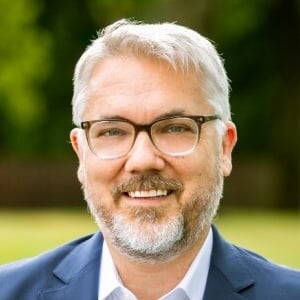
Paragon found that 70% of the members surveyed would be interested in an email newsletter highlighting local artists and music events, and 56% were interested in using a digital calendar of live music events and activities.
WSHU GM Brad Dancer said his Connecticut station has a community calendar, but it doesn’t cover New York City or New Jersey. People who live in Fairfield County, he said, “don’t only do things in Fairfield County.”
“It’s not that hard … to travel between these areas,” Dancer said. “We all have the information. It’s just making it easier and more accessible for listeners.”
‘Tremendous opportunity’
Funding for the collaboration’s efforts will still need to be worked out following the rescission of CPB’s federal dollars.
“What I’m clear about is that there’s a real desire and a commitment to continue to do this work,” Oliver said. “I’d like to believe we’re going to be able to get together and find ways to fundraise collectively for some of these efforts.”
With the more obvious path of CPB funding gone, the stations will have to get creative about either self-funding or finding a major donor, said Public Media Co. Director Carlos Barrionuevo. He also sees an opportunity for sponsorships of events.
PMC worked with the stations on creating a shared vision, shaping the collaboration’s objectives, identifying opportunities for collaboration and putting the framework in place for future efforts, according to Barrionuevo.
“The system as a whole is going to have to be more creative about how to get seed capital for these initiatives,” Barrionuevo said.
But he added that a real benefit of the work is the collaboration among station leaders at a time when everyone needs to find ways to work together.
“I have no doubt that the seeds are planted,” Barrionuevo said. “I think there is a real value in itself to these explorations and having forums in which there is regular communication among like-minded GMs.”
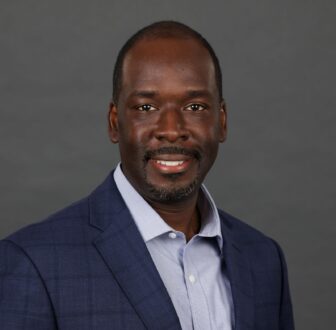
One funding opportunity could stem from a finding from Paragon that 59% of the membership sample would be very or somewhat likely to make a separate and additional donation to the collaboration to serve the local music community.
“We did not expect such a huge number,” Henry said.
One way to capitalize on that interest is to ask donors for the additional contribution when they’re already donating to a station during a pledge event, Oliver said. An email campaign could be another approach.
“I think in the coming months we’re going to have our development heads get together and figure out how practically does that happen,” Oliver said. “That is a tremendous opportunity that is there that we don’t want to die on the vine.”
‘The door is already open’
Some of the stations are also sharing programming and talent.
Delphine Blue, host of The Whole Wide World on WFUV, now has a show on WBGO. Delphine’s Delights launched in September and features Afro-Cuban jazz and other global music.
Williams said he had discussed with Blue and WFUV management the possibility of Blue also doing work for WBGO even before substantive discussions about the collaboration began.
He said Blue is a fan of jazz and WBGO, a trusted voice of New York City radio and an open-minded purveyor of progressive music of all kinds.
“Most importantly, she has fabulously tasteful ideas about music curation,” Williams said. “The advent of the station collaboration evaporated any concerns about competition or conflicts of interest. Suddenly, it became an opportunity for teamwork in the best interest of our initiative.”
WBGO also picked up Cavalconte’s New Standards in May from WNYC. On the program, Cavalconte guides listeners through the “great age of the mid-century American Songbook, its evolution into the singer-songwriter era, and forward into the present day,” according to WBGO’s website. It last aired on WNYC in March.
Oliver said the move came at a time when New York Public Radio was having to make tough decisions.
“I recognized that the ‘New Standards’ show, host and brand had real currency,” Oliver said. “I thought it would be a good fit on ’BGO … So that’s a real positive story.”
Williams said the show’s move to WBGO was born out of the collaboration.
“In fact, it was during one of our meetings that we had at WNYC that LaFontaine approached me about this idea, which would have never come to fruition had we not been already talking about collaborating,” Williams said. “That’s the residual benefit of this collaboration. … The door is already open for us to be communicating about possibilities.”


